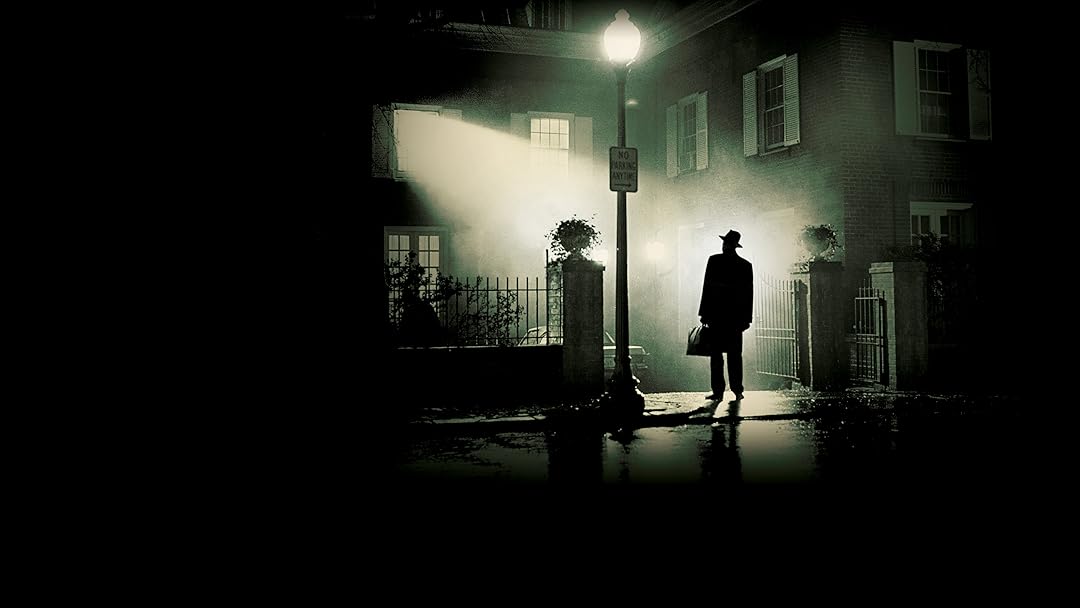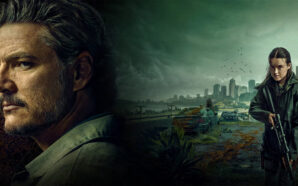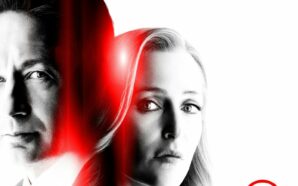Billed as “The Version You’ve Never Seen,” the 2000 extended director’s cut of The Exorcist was actually the first version I ever saw. I went to a 40th anniversary screening in 2013 and it happened to be director William Friedkin’s extended version, and I loved it. Whichever version you watch, theatrical or director’s cut, it’s a brilliant film. But over the past few years, after watching both editions a couple of times, I’ve come to see the extended cut as the weaker version. Some changes are additive but so many feel not only unnecessary but subtract from the overall experience. Friedkin has stated he believes the 2000 rerelease edition to be the best but I have to disagree, although he could have said that purely to sell DVDs. There are a few inconsequential shot changes and alterations I won’t get into but here I’ll break down all the significant differences, the good and the bad, between the versions.
Instead of immediately beginning with the Iraq-set prologue like the theatrical cut, the extended version begins with a few ominous shots of the MacNeil residence before then cutting to the Iraq dig site. Get used to me saying this: I don’t like this change. That prologue with Merrin is the perfect opening, so atmospheric, and highlights the ancient battle between good and evil before it finds itself in Georgetown. We don’t need to connect to the main plot straight away. And the house shouldn’t be portrayed as a dark and scary place so early. Just as the film presents Regan as a vibrant kid before the possession, the house should be a regular happy place at the beginning so we know the difference when the darkness takes hold.
The director’s cut includes an extra sequence of Regan in hospital, getting a blood test and being monitored. Some of the film’s most disturbing moments are the medical sequences. It’s hard not to see the film as anti-science as it highlights how invasive yet useless these tests are in ultimately a religious matter. More of this isn’t vital, the theatrical version offers plenty enough to make the point, but I don’t mind the extra footage here. Although I do think it occurs too early in the film; its set before the party scene so why is Regan already being taken for tests?
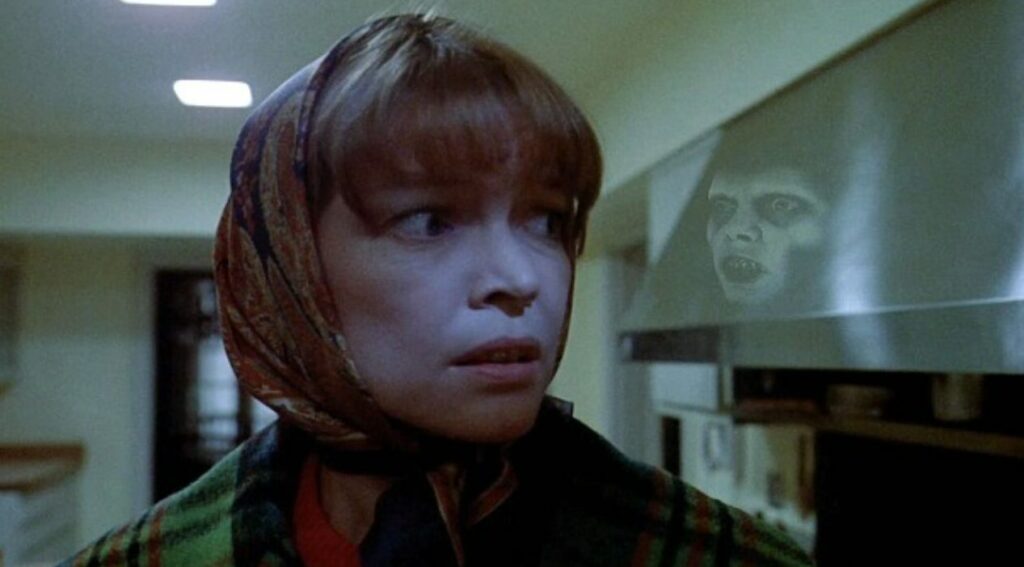
Perhaps the most derided addition in the 2000 version is the extra ‘subliminal’ appearances of the Pazuzu demon face that flash onscreen. Used perfectly, and minimally, in the theatrical cut, I really dislike the extra occurrences. Not only does it look goofy, floating over Chris’s shoulder, but Chris never sees it. The appearance is only for the audience and I hate that objective/subjective disconnect. It’s scary when the characters witness it too, unsure of whether it is real or hallucinatory, like in Karras’s dream. The Pazuzu statue jump scare, complete with a sound effect, when Chris opens a door might be even worse. Merrin should be the one to see the statue, that’s his battle, what he brings to the conflict, not have it randomly appear in scenes with people who have no idea what it is. It’s such a cheap scare, turning the scene into the haunted house movie it never was.
Originally cut (or exorcised) from the theatrical version because they couldn’t remove the wires, the famous ‘spiderwalk’ scene is included in the director’s cut thanks to some CGI fine touches. And, you know what, I don’t mind it. It’s very creepy. It’s the big addition everybody knows, every time I’m watching it I’m expecting it, yet it’s still shocking. It’s well shot and edited, happening very quickly and interrupting a slower scene. It’s a well-executed moment. Although part of me does agree with the point that it brings the terror out of the bedroom when it perhaps shouldn’t. The idea that this evil thing turns a little girl’s room into its home is disturbing and so the fact that it can leave and wreak havoc elsewhere begs the question, why doesn’t it?
The one additional scene I absolutely love and wish could have appeared in the theatrical cut is Father Karras listening to the recording Regan made with Chris to send to her father. It’s beautifully shot, with Karras reflected multiple times in glass and surrounded by lovely tactile 70’s technology. It shows that Karras is trying to get to know the family, that he’s become personally invested, which is the opposite of Merrin, who refuses to know any backstory. Although the extended cut has a moment where Merrin asks Chris what Regan’s middle name is, betraying his aloof nature in a way I dislike. The scene also adds subtext around Karras taking on the absent paternal role in the family. He’s hearing the message that the actual father probably never did.
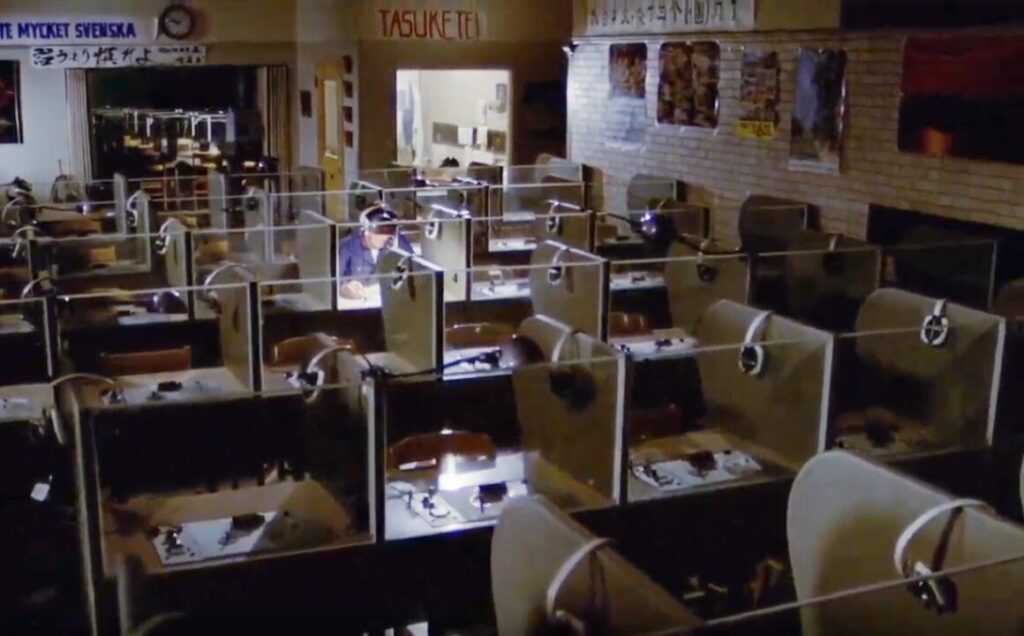
From a scene I wish was in the theatrical version to a scene I’m very glad wasn’t. Taking a break from the exorcism, Karras asks Merrin “why this girl?” and Merrin gives an answer. Not only is the answer not needed, the question isn’t either. It’s a question the viewer has already been asking themselves and formulating their own answer. to It doesn’t need explicitly stating out loud. Friedkin originally cut this scene and only included it to please writer William Peter Blatty who was outraged his thesis statement about faith was excluded. But the film itself is the statement. The entire movie creates the question and provides possible answers. The ambiguity of the film is one of its greatest strengths. Why limit the imagination of the viewer, narrow the ideas at play, by spelling everything out?
Both versions strive to capture a very different tone as they end, with the extended cut attempting a much cheerier ending I don’t feel works particularly well. The one addition I do like is Father Dyer giving back Karras’s necklace to Chris when she tries to gift it to him. It’s an interesting moment open to interpretation, especially given the gay subtext around Dyer and his possible feelings for Karras. But other than that, the extended ending falls flat. I much prefer the unsettling final shot of the stairs, Dyer reflecting on what has happened just like the audience should be. Instead, Dyer talks to Kinderman and they decide to go and see a movie together, which Blatty sees as Karras living on in a way, with Dyer continuing his relationship with Kinderman.
‘The Version You’ve never Seen’ was created seemingly with that tagline at its core. It has the attitude of ‘you’ve already seen the theatrical version, you know the story, so here’s a new remixed edition that doesn’t put the same effort into the slow subtle build up or the various interpretations.’ The Pazuzu flashes speak of a director slightly tired of watching the film for the hundredth time and wanting to spice it up, regardless of whether it ruins some of the original intent, and hopes the audience feels similarly. I don’t. I don’t think I’ll ever grow bored of the theatrical cut. There are a few extra moments that add something interesting but most of the additions in the extended cut are inessential. Thankfully, The Exorcist is such a masterpiece that no tampering or tweaking can dampen its brilliance.




